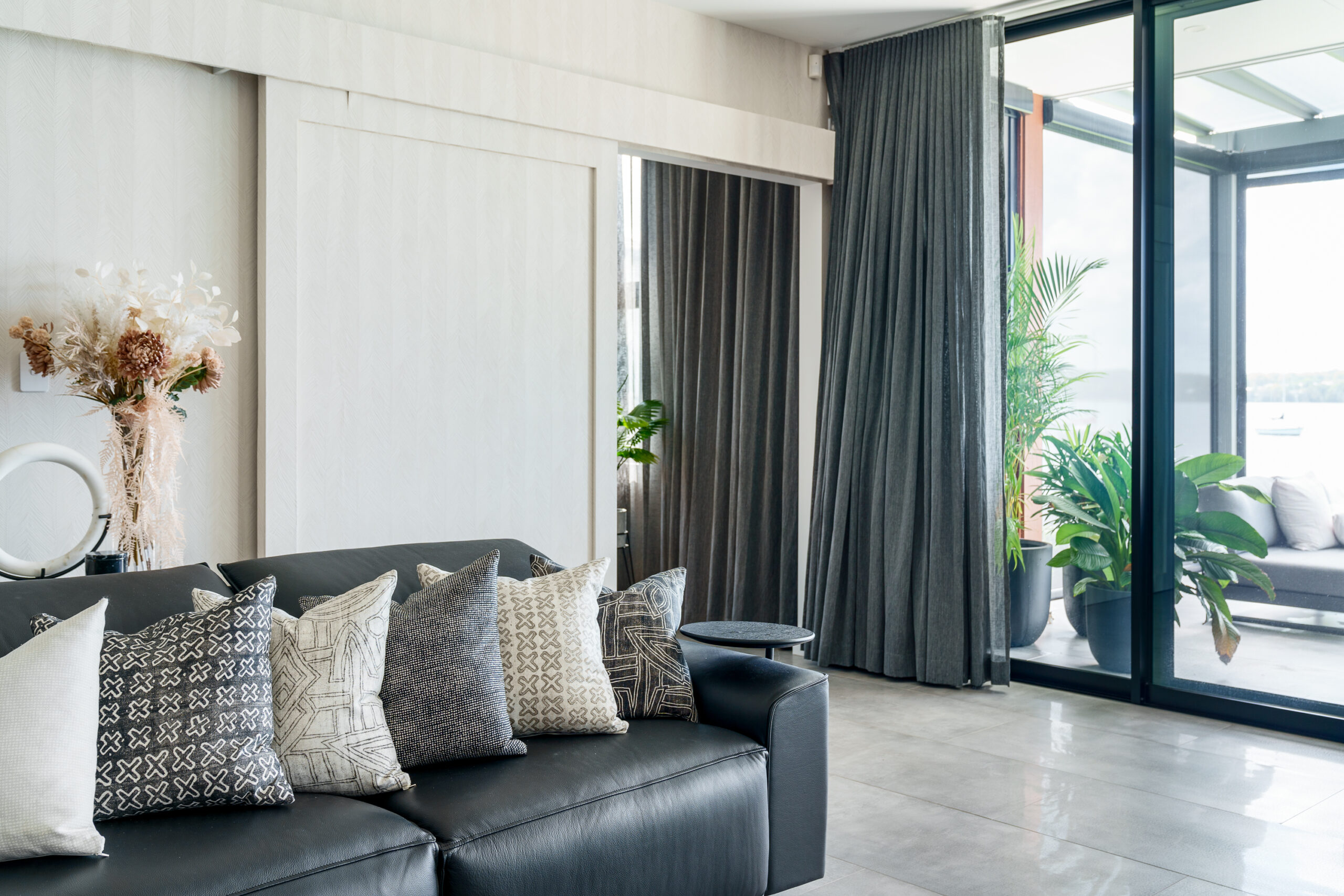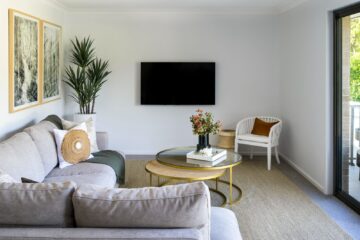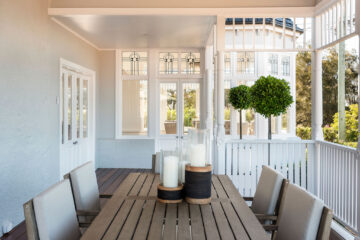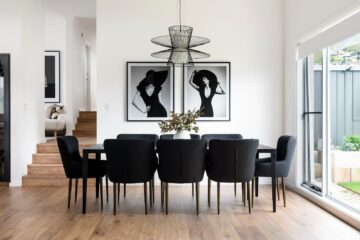In today’s fast-paced world, small spaces have become increasingly common. Whether you live in a compact apartment or have a cozy office, designing small spaces requires a careful balance of style and functionality. With a thoughtful approach and clever strategies, you can transform even the tiniest of areas into stunning and practical environments that reflect your unique taste. In this article, we will explore valuable tips and creative ideas to help you make the most of your small space while maximizing both style and functionality.
1. Embrace Minimalism:
When working with limited square footage, a minimalist approach is key. Start by decluttering and removing unnecessary items to create a sense of openness and serenity. Consider investing in multi-purpose furniture that serves multiple functions, such as a storage ottoman or a coffee table with built-in shelving. By minimizing visual clutter and focusing on essential elements, you can create a clean and stylish atmosphere.
2. Optimize Storage Solutions:
In small spaces, effective storage solutions are essential. Utilize vertical space by incorporating floor-to-ceiling shelves or wall-mounted cabinets. This will not only help you organize your belongings but also draw the eye upward, creating an illusion of height. Look for furniture pieces that offer hidden storage compartments, such as beds with built-in drawers or sofas with under-seat storage. By maximizing storage options, you can keep your small space tidy and uncluttered.
3. Utilize Light and Colour:
Strategic use of light and colour can significantly impact the perception of space. Choose a light colour palette for your walls and furniture, as lighter tones tend to make a room appear more spacious. Mirrors are an excellent addition to small spaces as they reflect light and create an illusion of depth. Consider incorporating large mirrors or mirrored surfaces to amplify the sense of openness. Additionally, maximize natural light by using sheer curtains or blinds that allow sunlight to filter through, enhancing the overall brightness of the space.
4. Scale and Proportion:
When selecting furniture and décor items for small spaces, pay attention to scale and proportion. Opt for smaller, streamlined furniture pieces that fit the size of the room. Oversized furniture can make a space feel cramped and hinder mobility. Choose furniture with legs or raised bases, as this creates an airy feel by allowing light to flow underneath. Likewise, consider using smaller accessories and artwork that won’t overpower the space. Maintaining a balanced and harmonious visual scale is key to achieving a well-designed small space.
5. Create Visual Interest:
Although small spaces may have limitations in terms of square footage, that doesn’t mean they have to lack character or style. Add personality and visual interest by incorporating textured wallpapers, bold accent colours, or unique patterns. Experiment with different materials and textures to create depth and intrigue. Strategic placement of eye-catching focal points, such as a vibrant rug or a statement piece of artwork, can draw attention away from the limited space and create a memorable design.
Conclusion:
Designing small spaces presents a rewarding challenge that requires creativity and thoughtful planning. By embracing minimalism, optimizing storage solutions, utilizing light and colour, considering scale and proportion, and creating visual interest, you can maximize both style and functionality in your small space. Remember, a well-designed small space can have a big impact, reflecting your personal taste and providing a comfortable and inspiring environment for you and your guests. So, go ahead, unlock the potential of your compact space and transform it into a stylish oasis that you’ll love coming home to.




